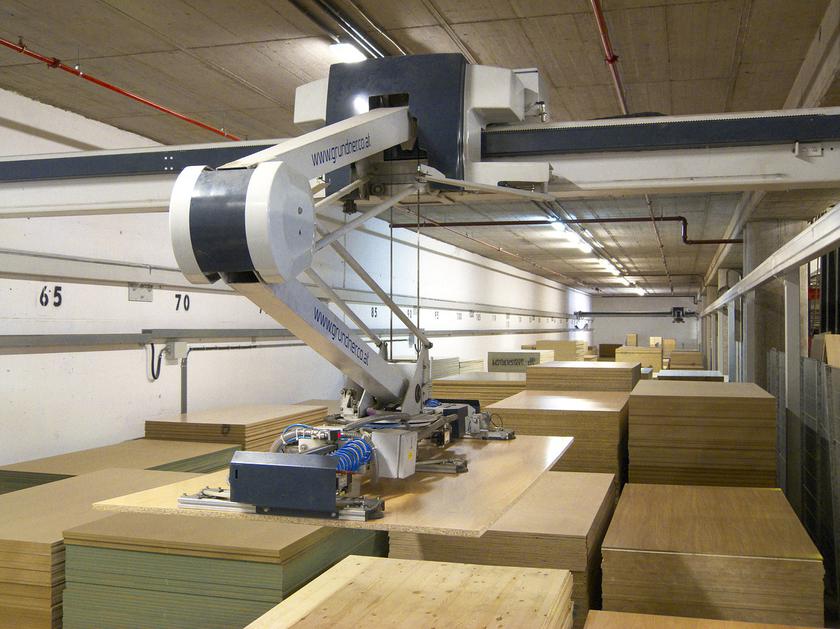
The supply chain industry is accelerating warehouse automation, given the e-commerce boom and shortages
According to the consulting company ABI Research,the compound annual growth rate (CAGR) of global shipments of mobile warehouse robots will reach 40% between 2021 and 2030. This means that by the end of the decade, more than half a million mobile robots will be in warehouses around the world.
In addition to mobile robotics, salessolutions such as automated storage and retrieval systems (AS/RS) are also booming. Led by companies such as Swisslog, Bastian Solutions and Körber, analysts expect the market to exceed US$18 billion by 2030 – this corresponds to a 9% CAGR growth over the period under review.
The RS segment includes various systems withcomputer controlled for the automatic placement and retrieval of goods from specific storage locations, ideal for large volumes of goods moving to and from the warehouse.
According to statistics, last year the world was95 billion items delivered. This volume is expected to double by 2026, with an average annual growth rate of 14% over the period under review.
All this raises a quite natural question: how will the process of ousting people from their jobs in favor of automation end? Will humanity find new professions instead of those that it gives to robots?
Of course, progress has already made it unnecessary, for example,lamplighters and representatives of this profession are gone. But there were not so many of them, and the progress was not so rapid. Today, the pace of robotization in various areas is visible to the naked eye, and it is not yet accepted to think about the consequences.
Source: abiresearch
Illustrations:
</ p>